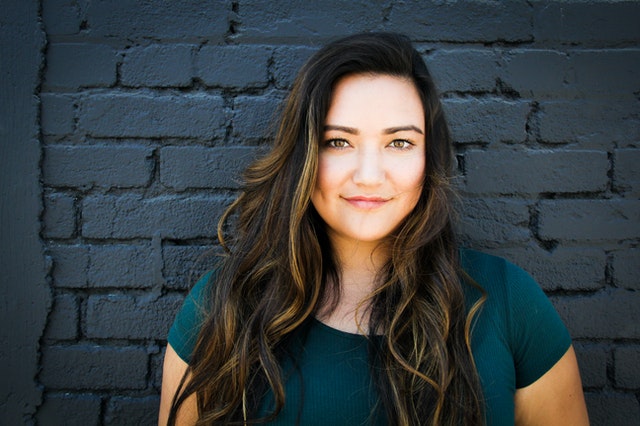Is intimate photography to your taste? Are you attracted to capturing the moods of one or a group of people? In your creative panorama then the Portrait Photography stands out.
Portrait photography was very popular from its inception as it made its way out of accessibility due to the cost of hand-painted portraits by artists. With it you can unleash inventiveness because it goes hand in hand with the conceptual artistic photography . The portrait is constructed from what the photographer wants to communicate about the person portrayed , his essence, his story, his state of mind.
All his artistic and compositional vein will be at the service of the concept or idea that he wants to express about the character. The elements of plastic expression are organized on the basis of metaphorizing the concept idea and transmitting a message or a life story. In this type of photography, the compositional and plastic values count a lot for the transmission of the message and the personal story to be narrated.
In this portrait photography guide we are going to learn the definition, tips, tricks, and photographic elements that comprise this incredible type of photography such as the photographic portrait.
What is portrait photography?
Portrait Photography or photographic portrait is the category or photographic genre which consists of capturing human nature through a photographic image. It turns out to be the technique of capturing and reproducing human physiognomy in a printed or digital image. It consists of the modality that seeks to reveal and predict the character, emotions, mood and temperament of people who pose before a camera turning them into the center of interest of the graph.
It is the flash of light that strips the eternalized soul in an image. The photographic portrait, like the pictorial portrait, is a genre that goes beyond the mere visual reproduction of someone. Whether in detail, close-up, American shot or general shot, individual or in groups, portrait photography has an expressive artistic function , which also makes it related to conceptual photography because it tells stories people.
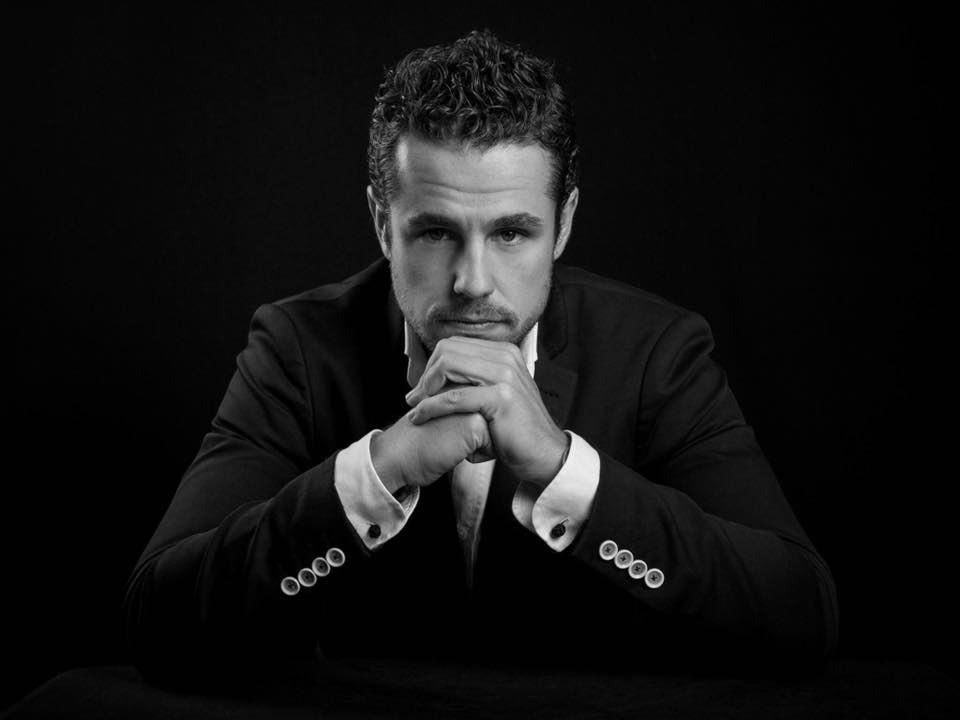
How did portrait photography come about ?
Since ancient times, man has always had the concern to reproduce nature with great fidelity. Capturing a moment, a moment, a landscape, or others with all the realism that painting could allow, until photography was invented. In the middle of the 19th century, the art of photography arrived to continue experimenting in the eternalization of the gesture, in capturing a moment of reality through the camera obscura.
An invention that revolutionized society because it made life more dynamic. The streets were filled with photographers to capture the surrounding reality with total verisimilitude, its people, its character and personality in each living space. The human being as subject object of the camera in all its facets. For this reason, it is affirmed that portrait photography as a genre is born at the same moment that it is invented.
At first, how wonderful it was to capture the trustworthy appearance of a person through a flash of light was seen as something magical, supernatural. Little by little the art of portraiture became everyday. Street cameras where people accessed for instant portraits abounded.
It began as an art with restricted access where the portrayed or those portrayed were shown with great opulence and gravidity in character. The upper and middle class enjoyed from the prestige of achieving those portraits, full of formality, rigidity and family history in the first daguerreotypes until reaching the albums that were passed from generation to generation. Little by little, it became massive, becoming a popular and utilitarian art accessible to all.
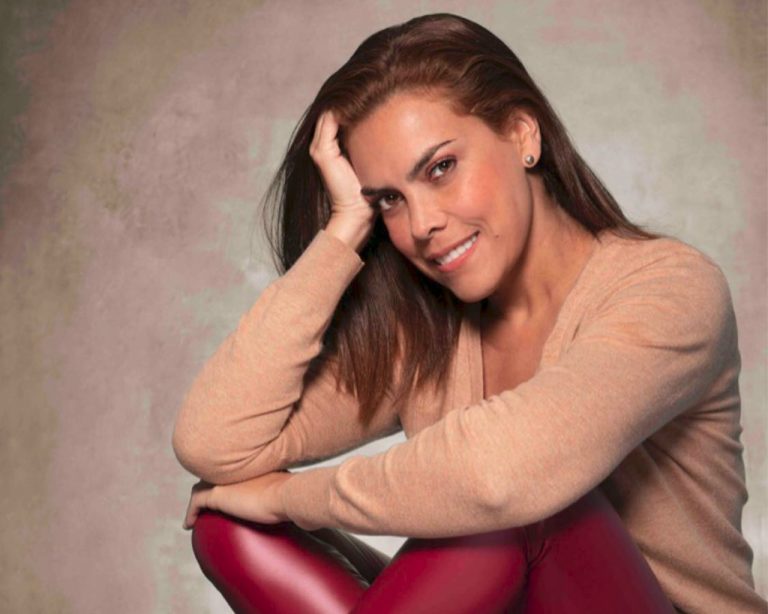
What is portrait photography for? Photographic portrait utility
As it is an art applied for utilitarian purposes, it would be important to walk through the uses that were given to portrait photography throughout its history and that became subgenres by the topic addressed. One of its main uses has to do with preserving and transmitting family history from generation to generation . The portrait comes to give a face to both the ancestors and the present generations of a family.
It is a legacy exhibited in the form of a painting in the home, in the albums or picture frames that we showed to visitors and that occupied a privileged place at home . This way of exposing family members has now been replaced by personal computers, mobile phones and even a form of digital photo frame, which facilitates its storage and immediacy avoiding the old development of analog photography.
Many image artists sent us portraits of characters who made an enormous contribution to science, the arts, philosophy, political and libertarian causes. For this reason, its purpose is to make known personalities of history . Many books present us through portrait photography, each protagonist of events that marked the history of humanity since the middle of the last century.
They allow us to intuit, visualize the temper and overwhelming personality of men and women according to the cause they undertook and achievements. It was also very useful in the identification of offenders and criminals. Portrait photography as an applied art helped criminalistics a lot in creating a database with hundreds of criminals who were identified and identified with the codes they carried at the time of being portrayed.
Just as photography celebrates and portrays life, in times past in times of pandemic and plague, it was customary to portray dead relatives to remember them before they are buried. Today Forensic Science uses postmortem portrait photography for the purpose of recognition, registration and identification of signs that help to conclude about the causes that led to the death of the deceased.
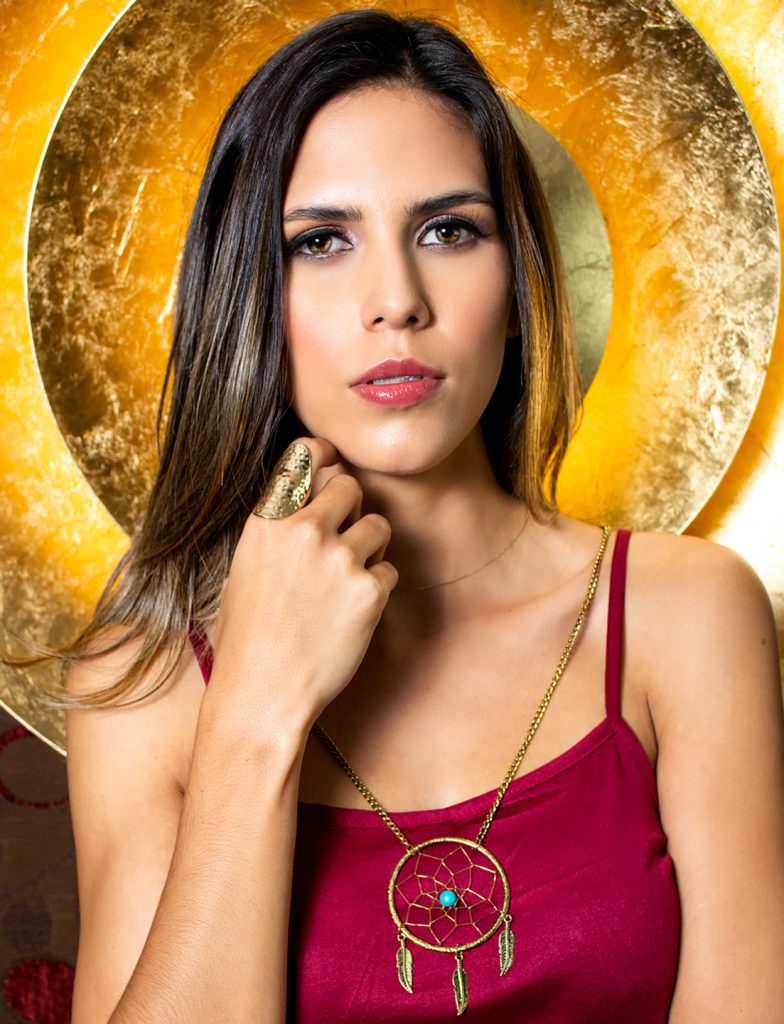
Characteristics of the portrait photographer
If you want to do portrait photography, it would be essential to cultivate a special personality, communicative, broad, empathetic , that generates confidence in your model in a way that encourages a relaxed atmosphere for the exteriorization of the states of mind of the person portrayed. You must be diligent and observant, with a great depth of analysis and understanding of the human soul.
Go through a prior thoughtful moment necessary to fine-tune the speech and language of the image. The cultivation of the relationship between the portraitist and the person being portrayed should begin even before the photo session , so that it is easier for him to capture his personality and essence when he fires the shutter of his camera. Transfer it and move it around the scene at will under an atmosphere of cordiality and trust to obtain from it the appropriate gesture or posture according to the emotion to be transmitted.
Necessary elements to consider in Portrait Photography
Camera
If you are an amateur photographer, even your mobile phone will help you get started in the art of portraiture. If you have professional aspirations to stand out as a portrait photographer, first of all, you should use a good camera , without any major pretensions to get started. A DSLR or reflex camera is fine.
The important thing is that you fully know your team to get the best of it since it is the medium that will allow you to develop the concept to be transmitted of the personality of the person portrayed. Of course, if you can configure it manually it would be great since it offers you possibilities in the preparation of the staging.
Objective
Likewise having interchangeable lenses will give you versatility in choosing which one is the best according to the desired effect in the photograph . The objective used is the one known as “regular”, from 50 to 35 mm. You can use telephoto lenses to avoid the disproportion of the nose or chin to take shots very close to the face.
They also reduce the depth of field, making a background blur effect that is very successful when it comes to highlighting the person. Among the accessories, you can use a diffuser filter to soften in the case of taking close-up shots where facial imperfections stand out with great clarity.

Lighting
There are fundamental aspects that come into play when highlighting the subject object of the portrait such as lighting, background, perspective and composition . Lighting is a very important aspect to consider. You can use natural and artificial light sources.
Portrait photography is accentuated with light areas and shadow areas on the face to highlight features. Hence, it is possible to use external light sources focused from the sides.
If it does not exist, a flat face devoid of corporeity will be presented. This highlights volumes and enlivens expression. You should experiment with the light angle to find the character of the person being portrayed, highlighting it as center of interest . The other elements in the frame, including the background, are arranged in the background until they become blurred, taking it out of focus.
Reflectors
The reflector is a tremendously useful tool in terms of lighting and especially in portraits. It will serve to reflect the light of the source where you want and soften the shadows. There are different reflectors and depending on the color you will get a different finish.
- White: more natural result.
- Silver: brighter result without changing the color temperature.
- Gold : Recommended for cloudy days because they add warmth to the skin.
- Black: By not reflecting light, it increases shadows and enhances contrast. You can also use it as a background.
Flash
As a general rule to photograph portraits we will need a soft light and that it is somewhat away from us and somewhat above. The direct flash of the camera will always be the worst option. We will obtain the best results if we put an external flash located at a certain distance from the model depending on the feeling we want to represent. We can also use outdoors during the day. flash or other reflective surface to soften shadows and fill them in.
Flash diffuser
The flash light is so direct and punctual that it does not go unnoticed in the photo result and can even cause unpleasant shadows . To avoid this you can use so-called flash diffusers , which convert a small light into a large light and a hard light into a soft light. They will help you especially if you shoot at night or indoors. There are countless models on the market for both integrated and external flashes. We can also use the umbrella or in the study use a light window.
Background
Regarding the background, the important thing is that does not distract the viewer’s attention by standing out above the individual portrayed . You can choose a clear, wide background or a wall that provides texture and color by highlighting it. You can even prepare a staging by adding an object that contributes to the narrative discourse of the photo and the exaltation of the character of the character.
Composition
When it comes to composition, you must take into account the law of thirds . Segment the plane with three vertical and three horizontal parallel lines . The intersection points of the lines will define the positioning of your center of interest or focal point of the composition since unconsciously the gaze will stop there in the first instance.
In this case the subject’s eyes will always be the focal point to be highlighted and applying this rule is very useful to define their positioning in the general plane. Another premise to follow is the law of the gaze . It consists of leaving a space or “air” in the place of the frame where the gaze of the portrayed person points to . You can still decide if it is located inside or outside the frame by varying the narrative intention of the scene.
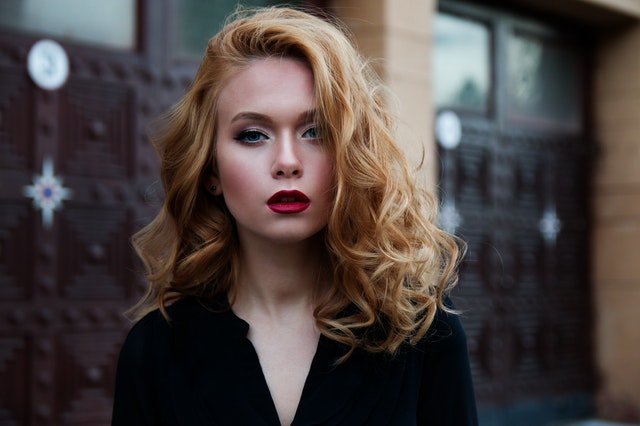
Broadly speaking, we have brought you closer to the world of expressive and artistic possibilities that the portrait photography. However, you make the difference with your practice and constant experimentation. With all this information you can start to make your wonderful portraits , and why not, your self-portraits, and you know that the most important thing is practice and the desire to continue learning every day.

